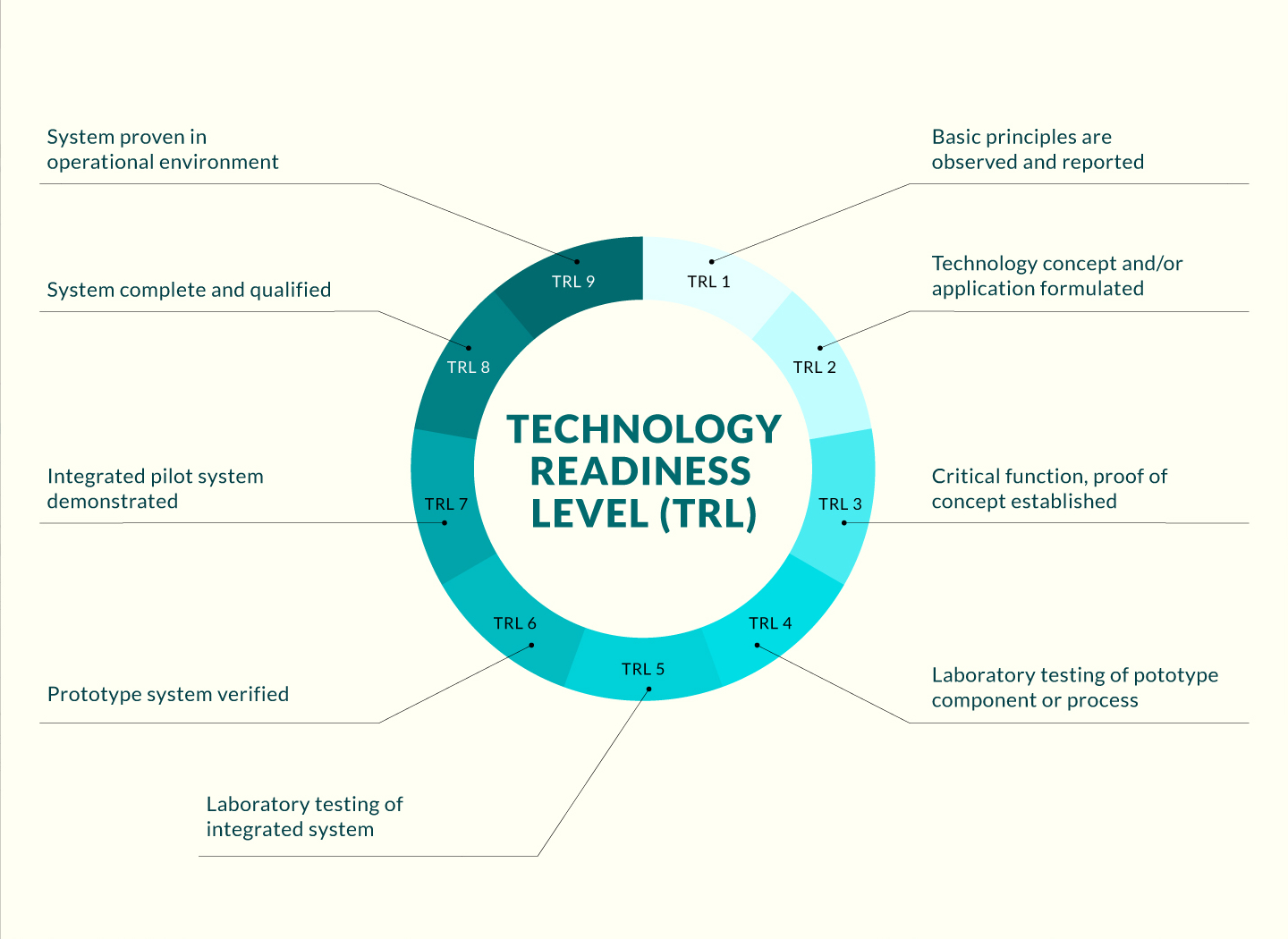

Figure 1: (a) Chemical structures of DNA (or RNA), TNA polymers, and the attractive characteristics of TNA. (b) Schematic illustration of the preparation of TNA-based probes for miRNA detection and imaging. The short Cy3-TNA sense strands are released via the displacement process upon binding of miR-21 to the BHQ1-TNA recognition strands, resulting in the recovery in fluorescence.
Opportunity
The development of nucleic acid-based probes for the detection of microRNAs (miRNAs) in living cells is of significance in understanding their biological functions and guiding the disease diagnosis and prognosis, for example, cancer. However, their development into viable diagnosis systems has faced challenges with regard to enzymatic degradation, nuclear sequestration, high false-positive signal, cytotoxicity and the demand for transfection agents. Thus, it is imperative to develop rapid, convenient, cost-effective and sensitive approach for in situ detection of miRNA expression at single cell level. Due to the flexibility offered by natural nucleic acids, hybridization-based probes have recently become hotspots in endogenous miRNA detection research. Therefore, to develop hybridization-based probes for miRNAs detection is with great potential.
Technology
The inventors design and fabricate a threose nucleic acid (TNA)-based probe for real-time monitoring of target miRNA expression level in living cells. This TNA probe is comprised of a fluorophore-labeled TNA reporter strand partially hybridizing to a quencher-labeled TNA oligonucleotide which is designed to be antisense to a target RNA transcript via pair pairing. Hybridization of reporter sequence holds the fluorophore in close proximity to the quencher, effectively quenching its fluorescence. In the presence of RNA targets, the antisense capture sequence of the TNA binds to targeted transcripts, form longer and thermodynamic stable duplexes. These target binding events displace the reporter strand from the quencher, resulting in a discrete “turning-on” of the fluorescence. The extent of fluorescence enhancement is quantifiably related to the target RNA expression level. The TNA probe is highly specific and selective towards target miRNA and could be efficiently taken up by living cells with minimized cytotoxicity.
Advantages
- TNA probes could be efficiently taken up by living cells with negligible cytotoxicity.
- TNA probes could be applied for dynamic real-time monitoring target miRNAs.
- TNA Probes are with no sequence limitation as compared to PNA or LNA-based probes.
- The greater thermodynamic stability of TNA-containing heteroduplexes compared with the corresponding homoduplexes formed by natural nucleic acids enables the use of TNA probes which can be shorted than the equivalent DNA or RNA probes.
- TNA probes could be taken substantially by different cancer cells to avoid transfection.
Applications
- The invention can be used to in situ detect and image a wide range of oncogenic miRNAs which are overexpressed in various human cancers by simply changing the sequences of TRS.
- The sequence of TRS can be designed to be antisense to any target microRNA which is a key regulatory molecule overexpressed in various cancer cells for tumor initiation and progression.
- This invention can also be modified with tumor targeting ligands for biodistribution analysis and dynamic real-time imaging/monitoring of target miRNA expressions which are associated with the stages of disease genesis in living organisms.
- This invention is potentially a tool which can produce distinct fluorescence signals upon the detection of their corresponding miRNA targets and offer multiplex detection in tested samples.



